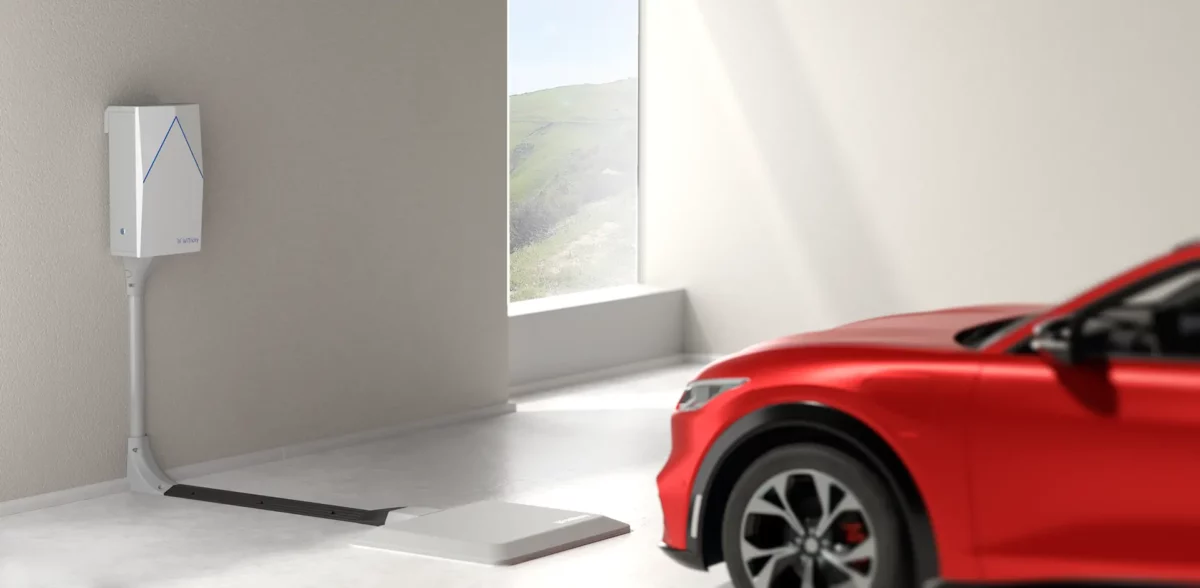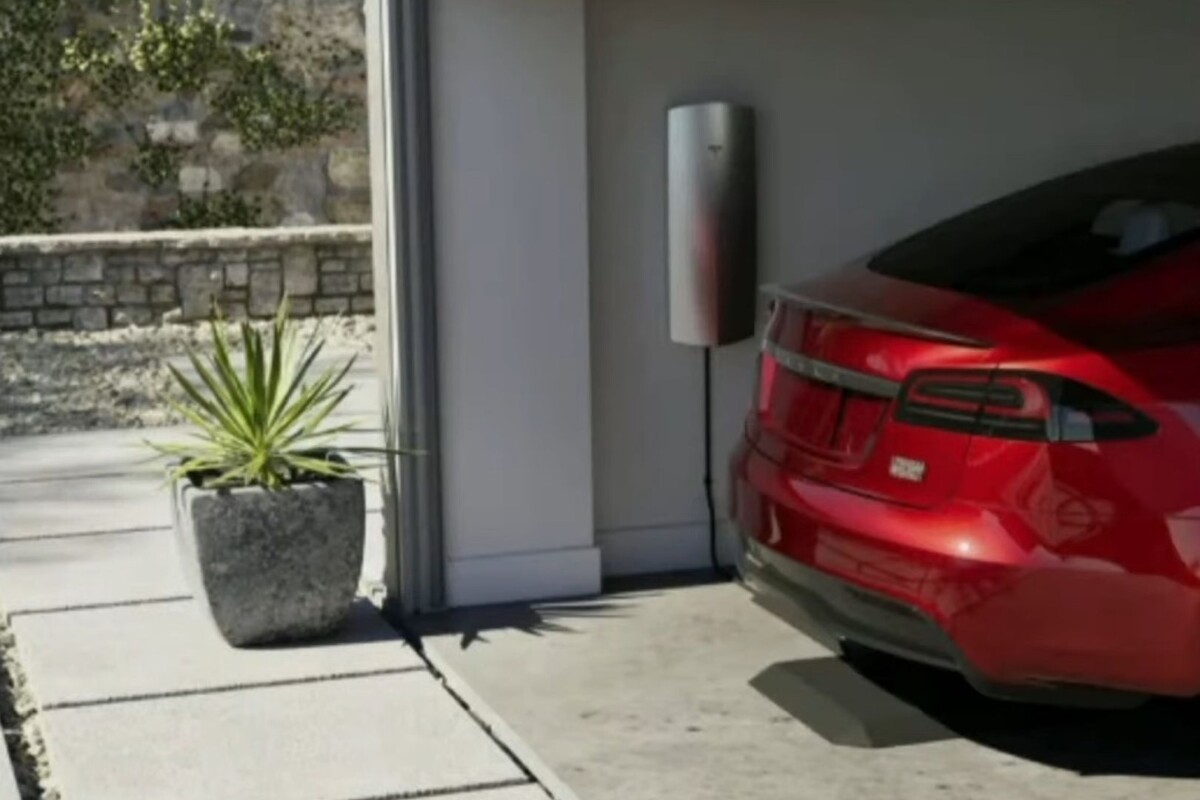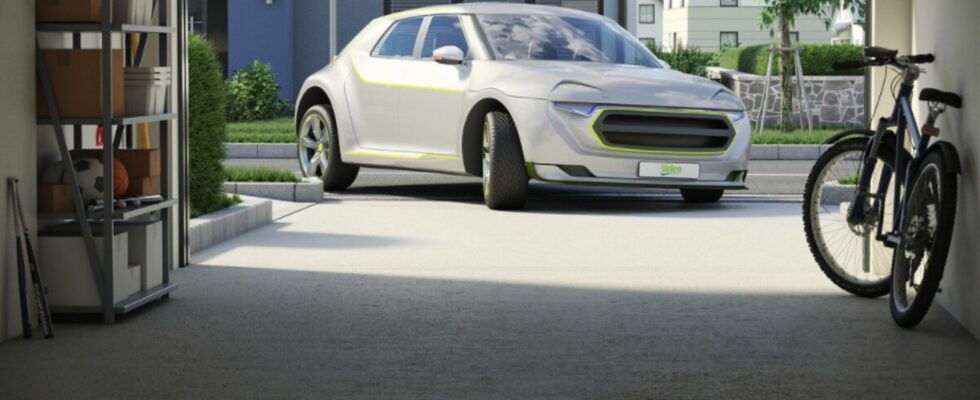French equipment manufacturer Valeo has just unveiled a new wireless charging solution for electric cars at CES 2024. Called Ineez Air Charging, the latter offers particularly high efficiency, comparable (or even higher) to that of traditional charging with a cable.
Although the detractors of electric cars are fewer and fewer, they still exist today. And among the arguments that come up most often against this engine, autonomy and recharging usually come first. And for good reason, some still say that charging a zero-emission (exhaust) car is complicated.
A practical solution
However, we know that this is no longer really the case, while France now has more than 100,000 terminals spread across the entire territory. A figure which continues to climb over the months, with powers constantly increasing. Currently, the most efficient offer is displayed at 360 kW at Lidl, while the latest presentations titillate 800 kW, enough to hope for a charge in five minutes!
However, if it is important to take advantage of public terminals, most charging sessions are done at home. This was stated in a study carried out by Enedis in 2020, which also highlighted that 88% of respondents never (or very rarely) use public outlets.
It is therefore essential to develop home charging solutions. We think, for example, of wallboxes, which are more and more numerous on the market, but some companies have other things to offer. This is the case of Valeo, present at CES in Las Vegaswhich is currently being held.

The French company, which has also just unveiled a new electric bike, is indeed presenting a charging solution. The latter takes the name of Ineez Air Charging and its operation is detailed in a communicated just published. Once again, this is not a classic wallbox, quite the contrary. Because this technology takes the form ofan induction (wireless) charger for electric cars for charging at home.
Concretely, what is it about? On paper, it’s quite simple. This is’a charging station installed on the ground, on which the vehicle can park in order to start recharging the battery. Thanks to conductive loops installed under the vehicle, electricity is transmitted directly to the cells, without the need to connect any cables. Which makes the experience more convenient.
High efficiency
The interest of this solution lies in particular in the fact that it uses ultra-low operating frequency, around 3 kHz. If this doesn’t mean anything to you, know that the higher the number, the more the power dissipated increases the temperature. Currently, induction charging systems are around 20 kHz and the level reached by Valeo’s solution is the lowest on the market.
Which then allows the latter to display a yield of 83%. A very respectable figure for this technology and equivalent to the levels obtained with “wired” charging, where energy losses stabilize between 10 and 15% according to Enedis. Indeed, when recharging, we always observe losses, which we owe precisely to the temperature.
Valeo’s solution is compatible with cars with 400 or 800 volt architecture, and can deliver 7 to 22 kW in single-phase or three-phase. It is furthermore promised as being ” affordable “ thanks to “simplified electronics”.

That’s not all, as it also comes with two-way Vehicle-to-Grid (V2G) charging functionality, which can power the home when needed. It is thus possible to charge the car during off-peak hours and use the energy stored in the battery to power the home network during peak hours (to prepare food or do laundry, for example).
Finally, Ineez Air Charging can also be plugged into a wall box, while it will be compatible with autonomous cars to start and stop charging without any human intervention. A simpler system, therefore, than that developed by Bosch and Volkswagen which uses a robotic arm.
Enough to compete head-on with Tesla, which recently confirmed the arrival of its induction charging solution. And why not compete with the technology developed by researchers at Chalmers University in Sweden, capable of delivering up to 500 kW? The question remains: Valeo does not communicate any marketing date.
